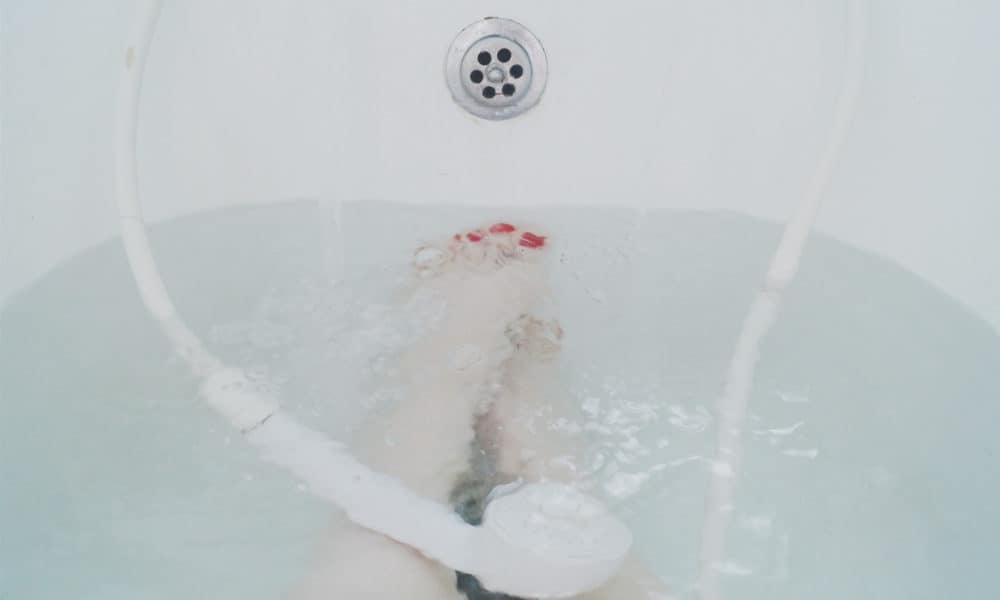Non-potable water is a huge issue for many people who do not have access to clean drinking water. Unfortunately, many types of water are non-potable. If you are not sure if certain kinds of water are potable or not, this can make it tricky to know if it is safe to drink or not.
We have collated some examples of non-potable water, so you know what water to stay away from. However, by filtering some of these water sources it can indeed be used.
Read on to find out all about non-potable water, what types there are, and how you can make it potable.
What Is Non-Potable Water?
Non-potable water refers to any water that is not safe to drink, cook with or bathe in. There are specific standards for potable water that are set out by the Environmental Protection Agency.
It must have a low enough level of contaminants such as bacteria, viruses, and metals, to be safe for human consumption.
If you are not sure whether the water you have come across is potable or not, you must treat it as non-potable to avoid getting sick. For example, if you are out of water on a hike, do not just drink water straight from a stream.
Non-potable water sources include greywater, freshwater, groundwater, and stagnant bodies of water. Some of these can be filtered in order to be used again, and some not. Perform some thorough research on whether the particular water you have is able to be drunk after filtering.
Types of Non-Potable Water
1. Stormwater
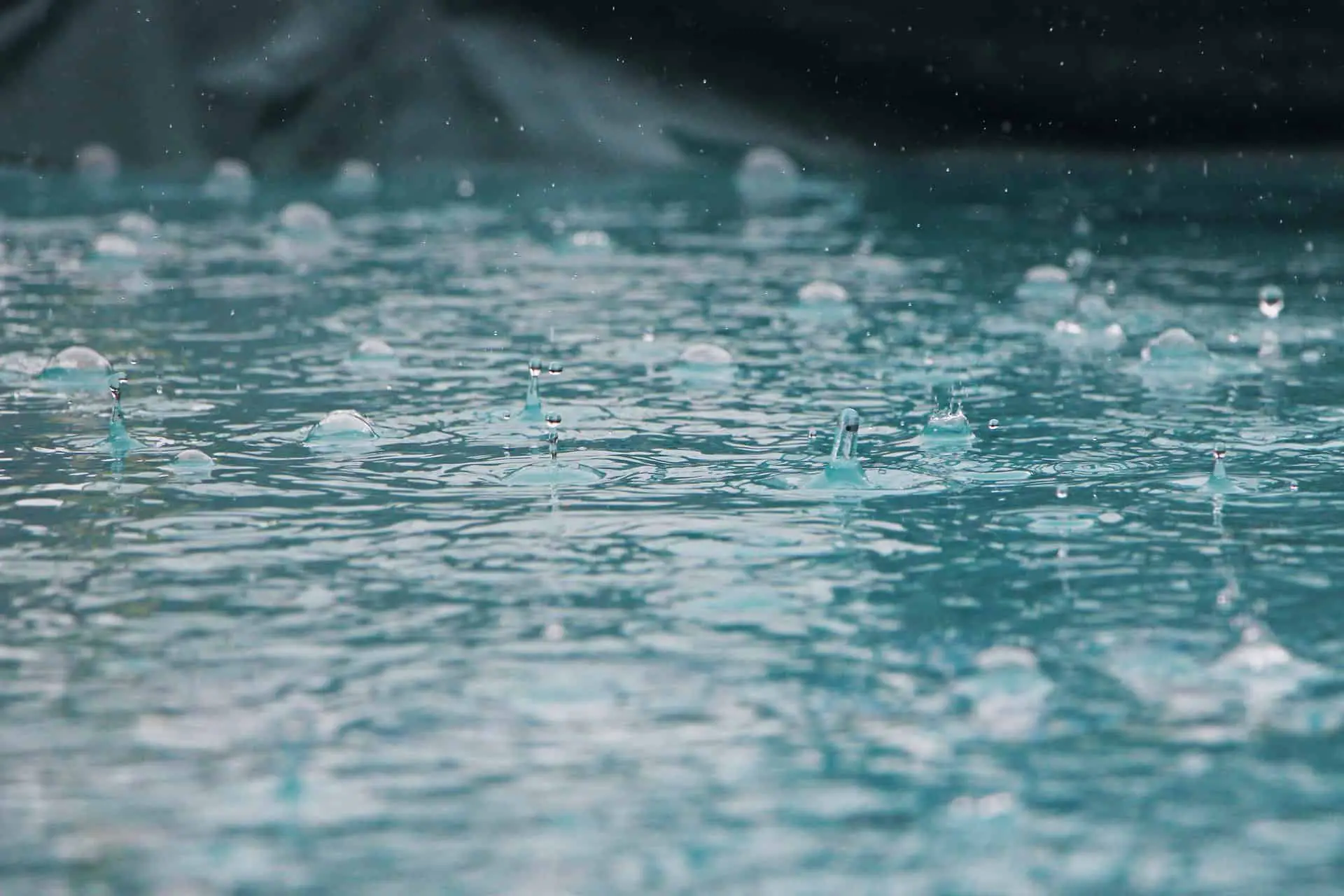
Stormwater refers to any water that falls down from the sky. This includes both liquid and solid forms, including rain, snow, or hail. Falling stormwater is caused by two main factors. In natural areas, this water gets directed into bodies of water, or the ground absorbs it.
This water gets drunk by animals and absorbed by plants. It also goes through to groundwater and water in lakes and streams.
In towns and cities, stormwater is more likely to fall onto manmade surfaces. These are usually hard and impermeable, such as the roof of a house, a road or footpath. These cannot absorb water. As such, the water will cascade off these surfaces, turning into runoff.
Stormwater runoffs contribute to the pollution of local water supplies. That is because as it flows across the ground, it picks up all sorts of contaminants. This guides them into streams, lakes, and eventually the ocean.
Plants can naturally filter water to get rid of these pollutants. If it were not for plants performing this function, there would be much more debris in our bodies of water.
Runoffs can encourage the start of erosion and sedimentation. It can also contribute towards flooding during particularly bad storms.
Due to its pollutant capacity, runoffs and stormwater are not potable and should not be drunk without first filtering it.
2. Recycled or Reclaimed Water
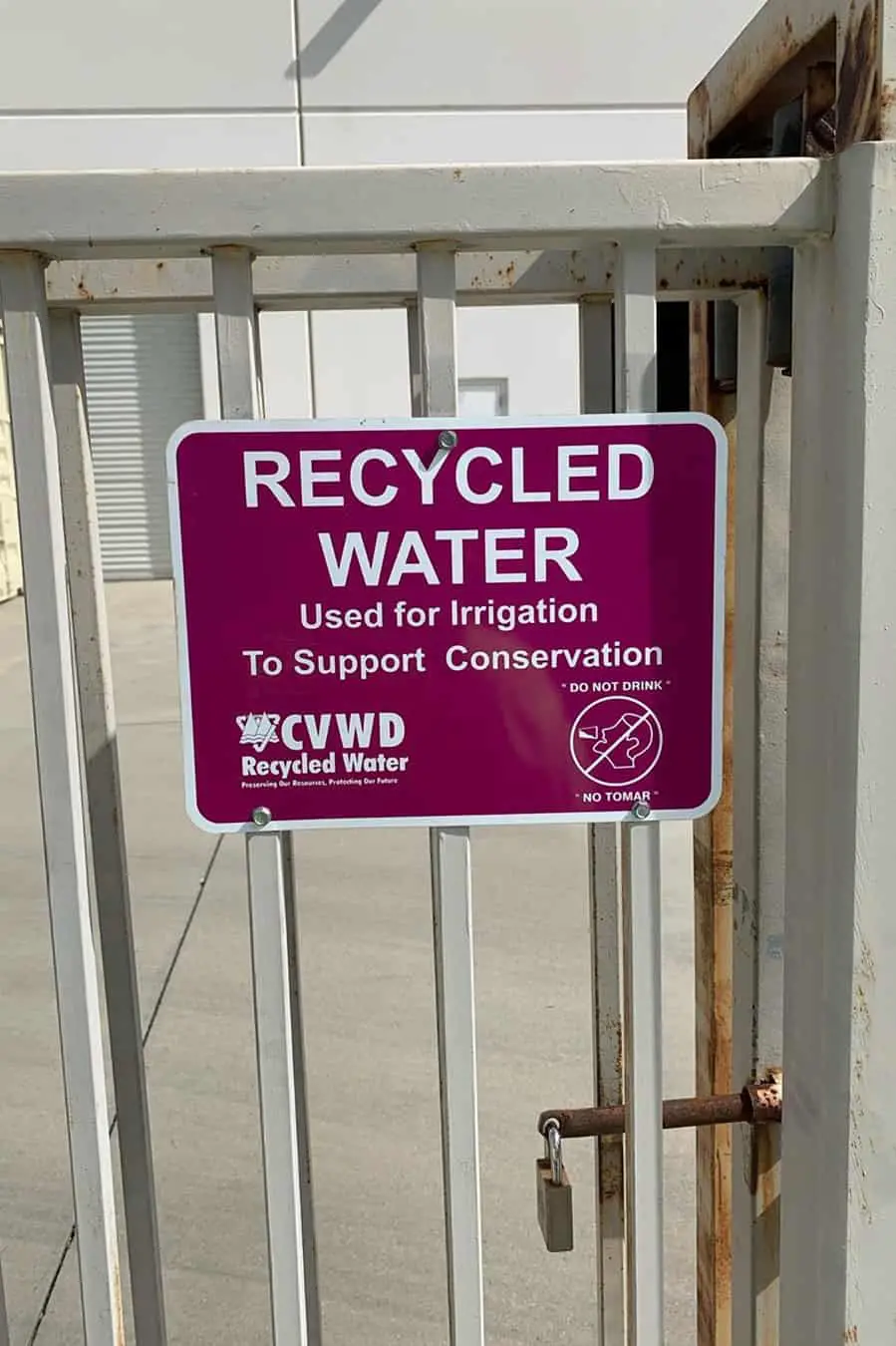
This type of non-potable water is reclaimed wastewater that can be used for particular functions. It comes from wastewater treatment plants or process water streams usually.
This water can be added back into surface water or groundwater. It is suitable for use in agricultural purposes such as irrigation. It can also be used in other ways either by businesses or in homes.
This water can actually be drunk if treated correctly. However, it is usually used for purposes other than drinking. These include watering public gardens or as cooling water for power plants.
It could also be used by industries such as carpet dying, which do not require water to be potable.
Find out more about wastewater here:

3. Greywater
Greywater is the water collected after we have used it in our homes. For example, the water we have previously used when washing dishes or showering. This is a highly common type of water that is non-potable. It is untreated and not suitable to drink – would you drink your dishwater?
This water does not contain as many contaminants as toilet water of course, because it does not contain sewage. Greywater can be reused in certain situations. These can include for washing your car or watering your garden.
Using a water softener can make the water even more suitable for these purposes. Around 60% of used water in the home can be used as recycled greywater.
Usually, greywater will contain things like food scraps, dirt, detergent, or hair. The less food and grease in the water, the more suitable it is for recycling. Great greywater can be collected from your shower, laundry sink, or dishwasher.
4. Groundwater
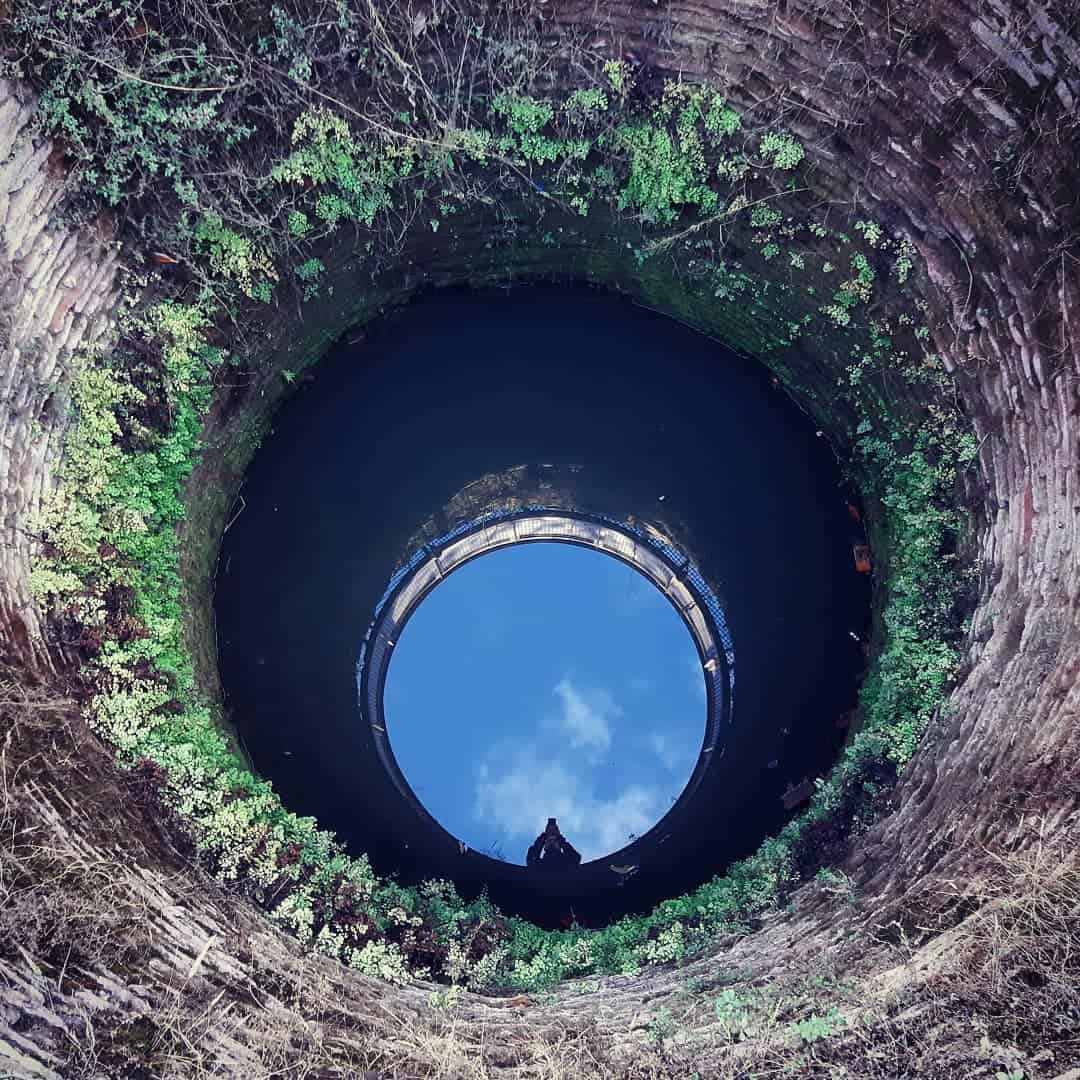
Groundwater is the water that naturally runs beneath the earth’s surface. There can be deposits of rock called aquifers that create lots of water.
Groundwater is replenished from runoff on the surface of the earth. It comes out at springs. It may also be intentionally sucked out for farming or industrial purposes.
While it is contaminated because of its contact with dirt and rocks, it usually is not as contaminated as surface water. That is because of natural sedimentation filtration that occurs below the earth.
Groundwater is not potable; however, city water can indeed come from groundwater. That is because it is highly filtered and often has chemicals added to it before being consumed by residents.
Groundwater becomes a massive issue if it gets polluted. It is hard to treat because of its difficulty to access.
Wells often take their water from groundwater. This is made drinkable by whole-house filtering systems installed by the occupant. If you are considering installing a well that uses groundwater, do not worry because you can turn it into potable water.
Systems such as a reverse osmosis filter or activated carbon filter can take out the nasty pollutants and enable you to use this water for all your home activities. These include bathing, cooking, washing dishes, and drinking.
5. Freshwater

Freshwater is any water that occurs naturally which is not saltwater or seawater. You can find freshwater in bogs, streams, lakes, rivers, and glaciers. Even mineral-rich bodies of water such as chalybeate springs are included in this category.
Freshwater is, unfortunately, not potable. You cannot drink it. Generally, this is because of human activity polluting our natural environment. Erosion can pollute it as well. However, this water can be drunk if you use a water filter on it first.
A portable filtering device such as a LifeStraw can make it possible to drink fresh water. By filtering this water with the right kind of filter media, you can remove many contaminants. This can potentially make the water potable and safe for you to drink.
6. Swimming Pool Backwash Water
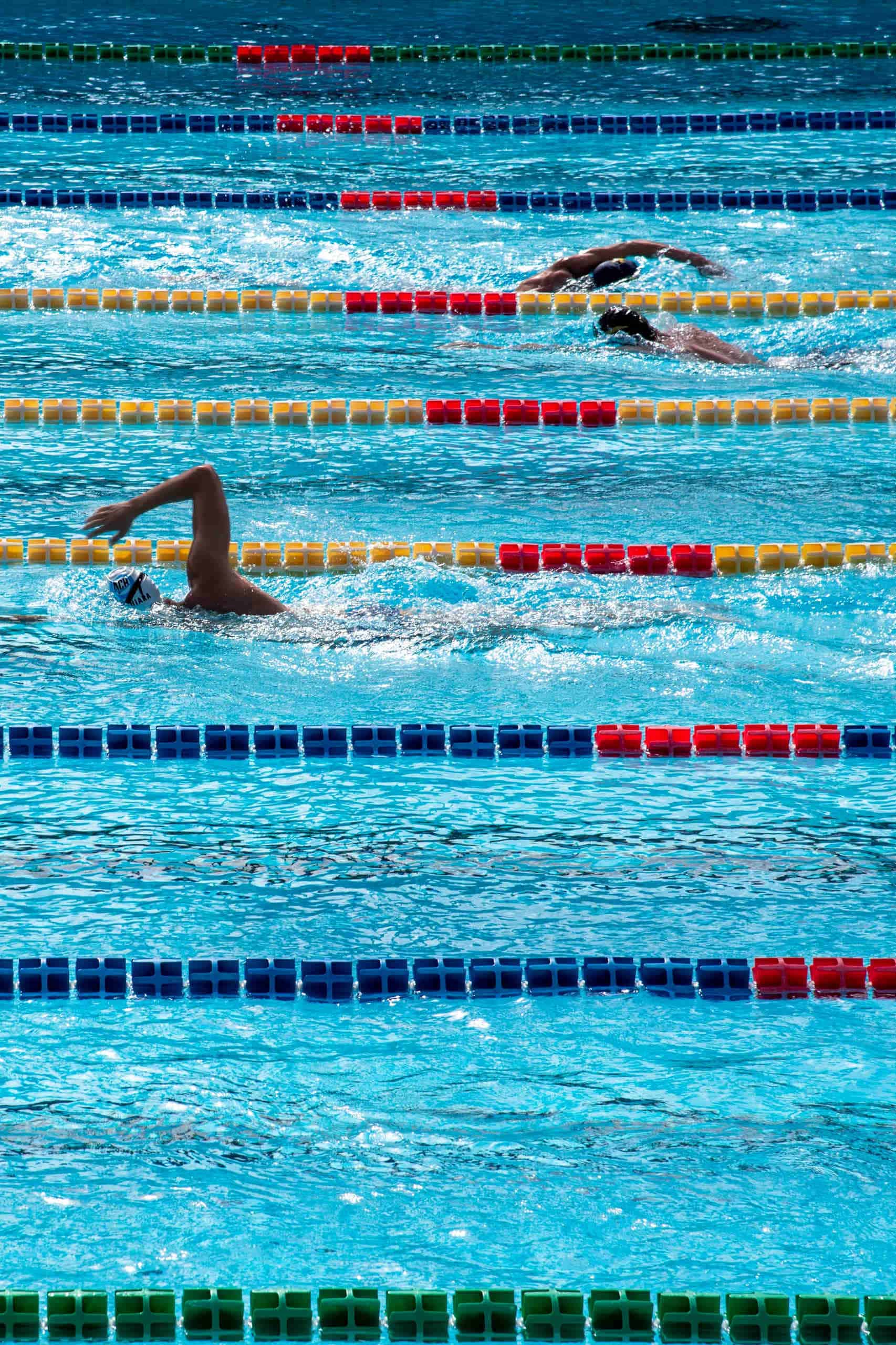
You may think that your pool backwash water might be safe because it contains chlorine. However, this water is often extremely polluted with harsh chemicals.
They build up over time due to the cycle of the pool filter. This non-potable water is not to be used for watering your garden as it can be very harmful.
To keep your pool sparkling clean, you need to backwash the filter regularly. This water streams through to a tank and flocculent is added to it there. Swimming pools at private residences do not usually need a tank that is over 500 liters for this.
After entering the tank, the particles will naturally fall to the bottom. After this, the water can then be added back into the pool. It can still never be suitable for you to drink, but at least you will be able to use it again in your pool.
7. Stagnant water
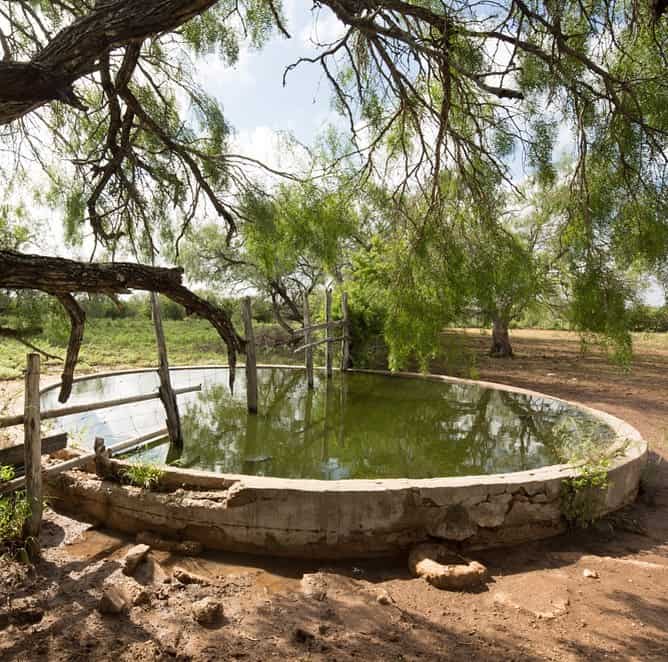
Stagnant water is another example of non-potable water. There are many examples of bodies of stagnant water. Generally, this could be quarry water or other unmoving water sources. It can occur anywhere that there is not a natural flow of water in and out of the area.
You should not drink or swim in any body of stagnant water. Apart from it being so cold that it is highly dangerous, it can be full of pollutants.
This water can be crammed with toxic algae, dead animals, and industrial pollution. You can become extremely sick after swimming in or drinking from quarry water.
Keep in mind that quarries often contain loose bricks, dust, and more contaminants. Never try to drink this dirty water. The debris launched into the quarries can also contain chemicals and other nasties that will not agree with your body.
Summary
Whenever you come across water that is not from a tap, bottle, filtration system, you must treat it as undrinkable. The risk is too great if you do not. There are many waterborne diseases that can drastically impact your health.
In case of a survival situation where you are stuck without access to water, it is recommended that you bring a portable filtration device. These can include drink bottles, special straws, or water sacks.
If you are looking at reusing water in your home, this is a great way of helping the environment. You will just need to keep in mind that you can only use recycled greywater for certain purposes. It must also be filtered before you reuse it.
